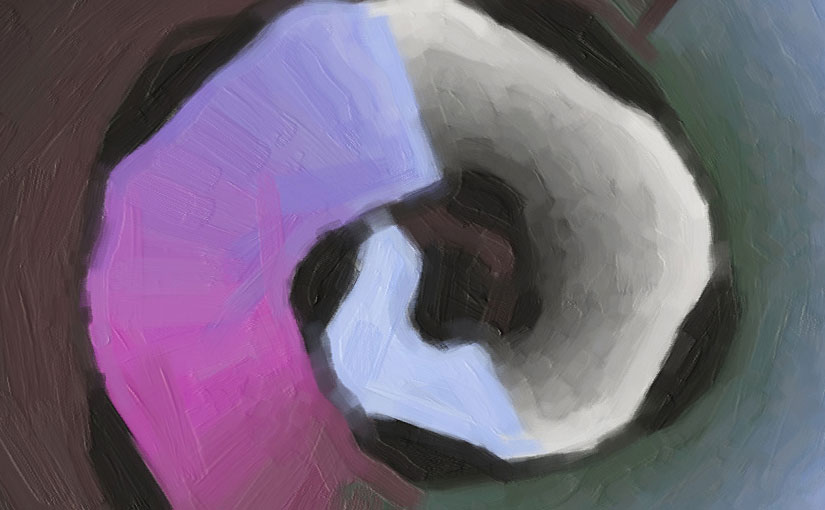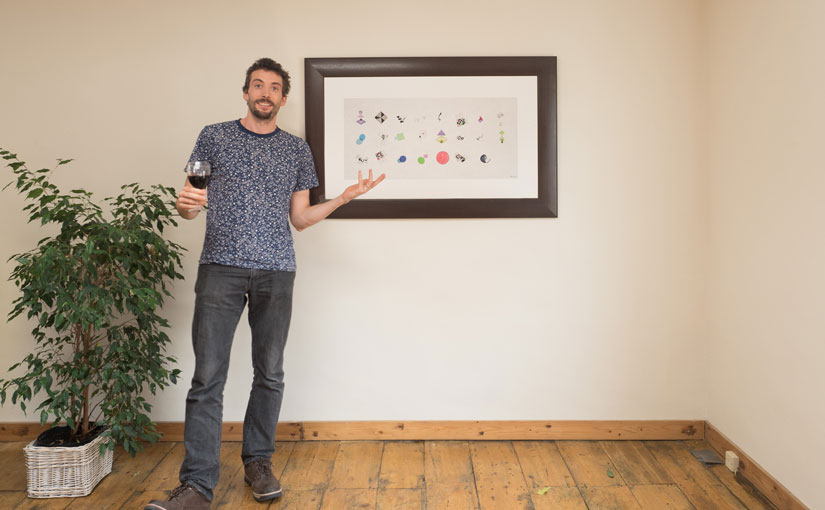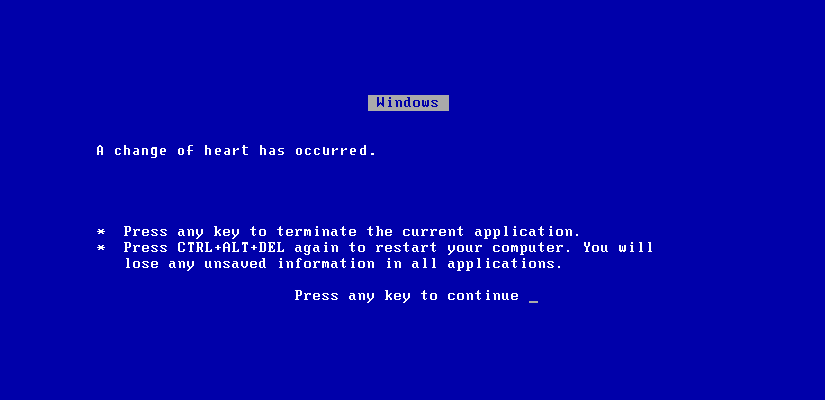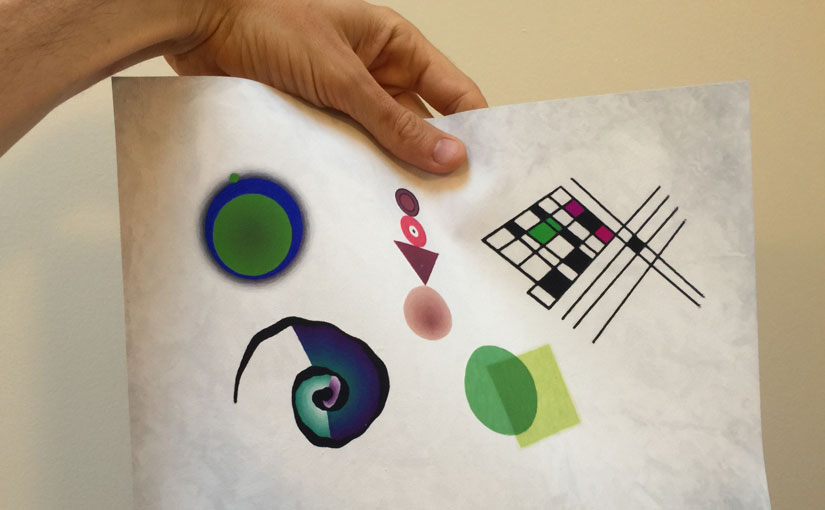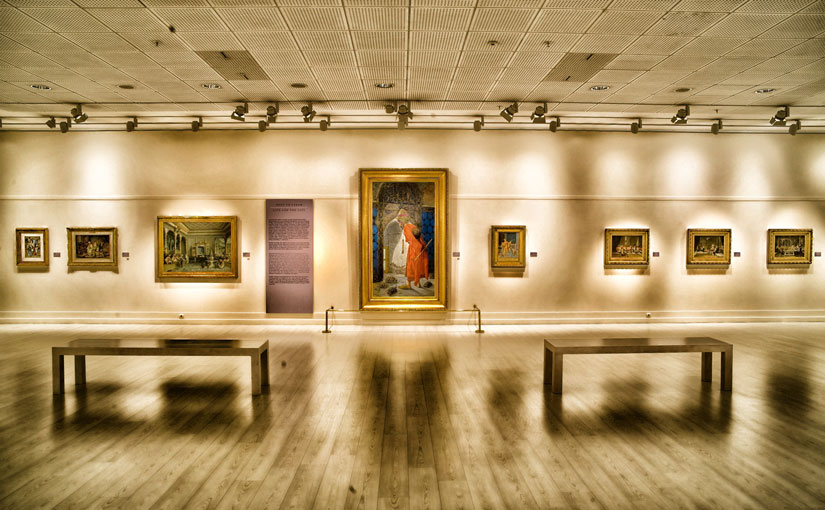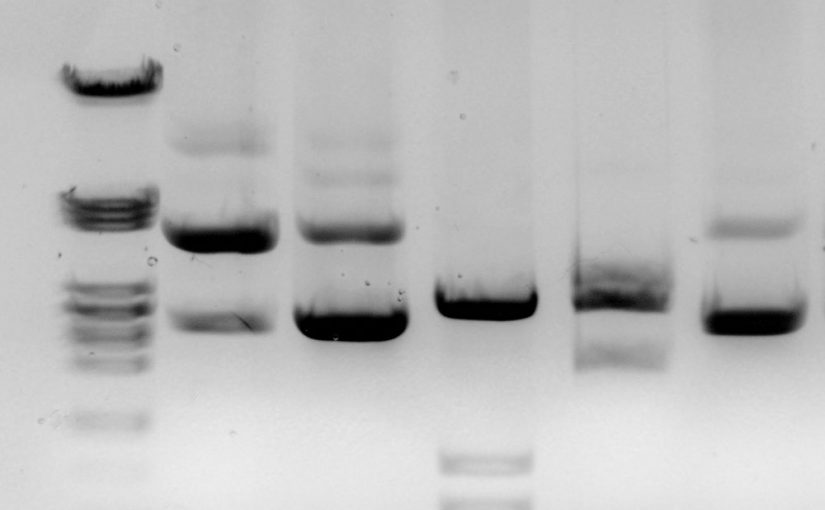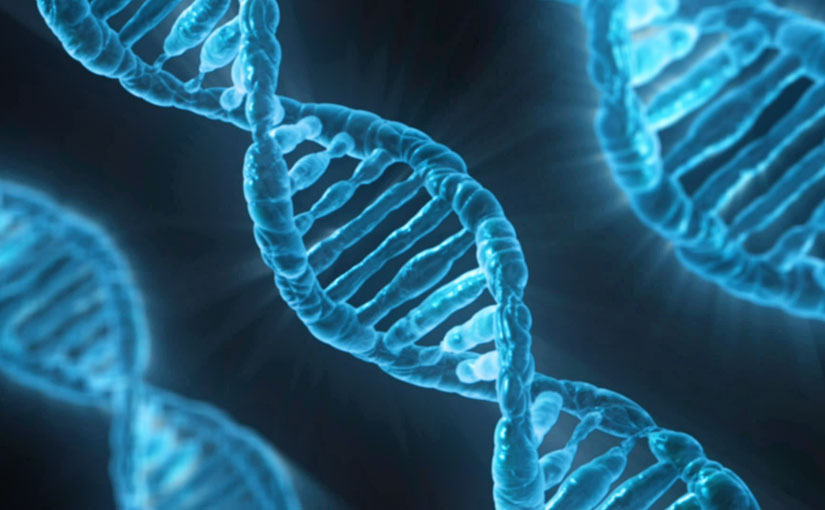DNArtworks are supposed to look like paintings, or at least like prints of paintings – with realistic brush strokes and no unnaturally straight lines:
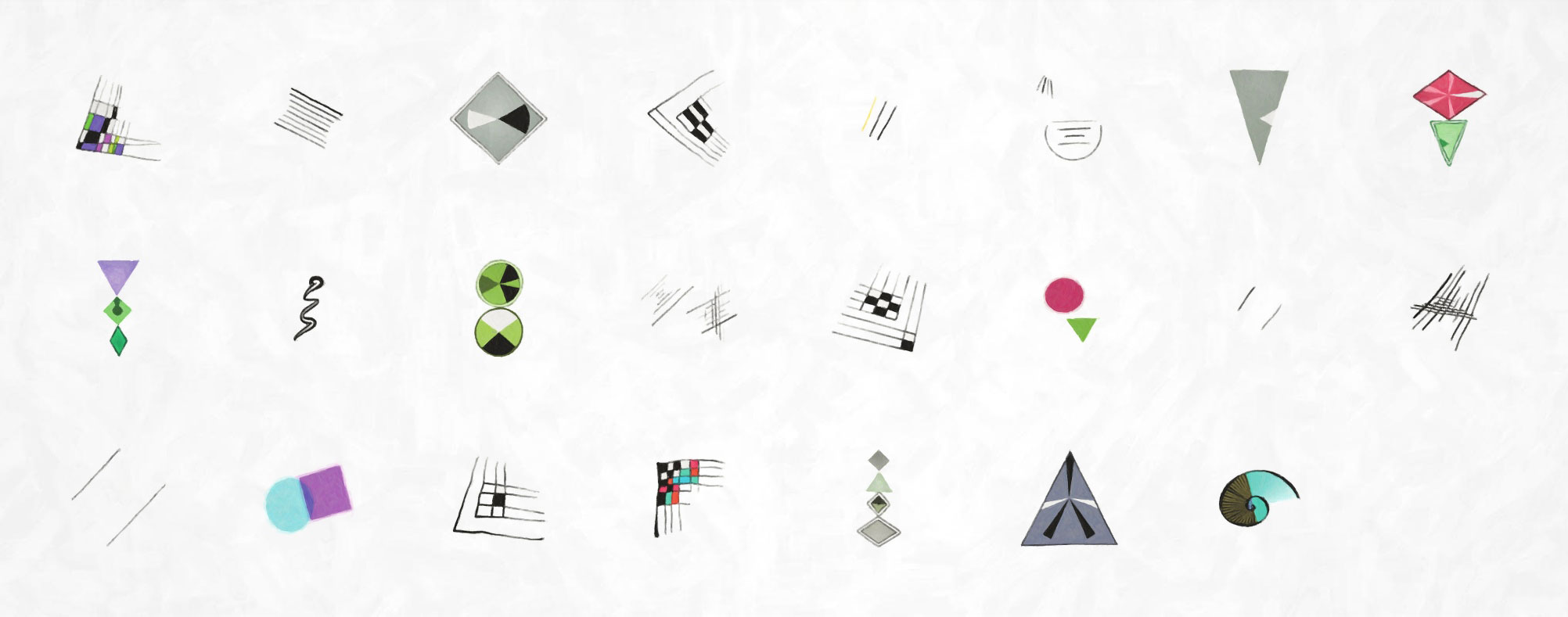
Now a human may find it easier and faster to draw a sloppy picture than a neat one, but computers are the other way round. Drawing perfect geometric shapes is easy, but it takes much longer to make authentic-looking imperfections, both in terms of development effort and rendering time.
Continue reading Making DNArtwork #8: Generating realistic painted shapes on-demand
